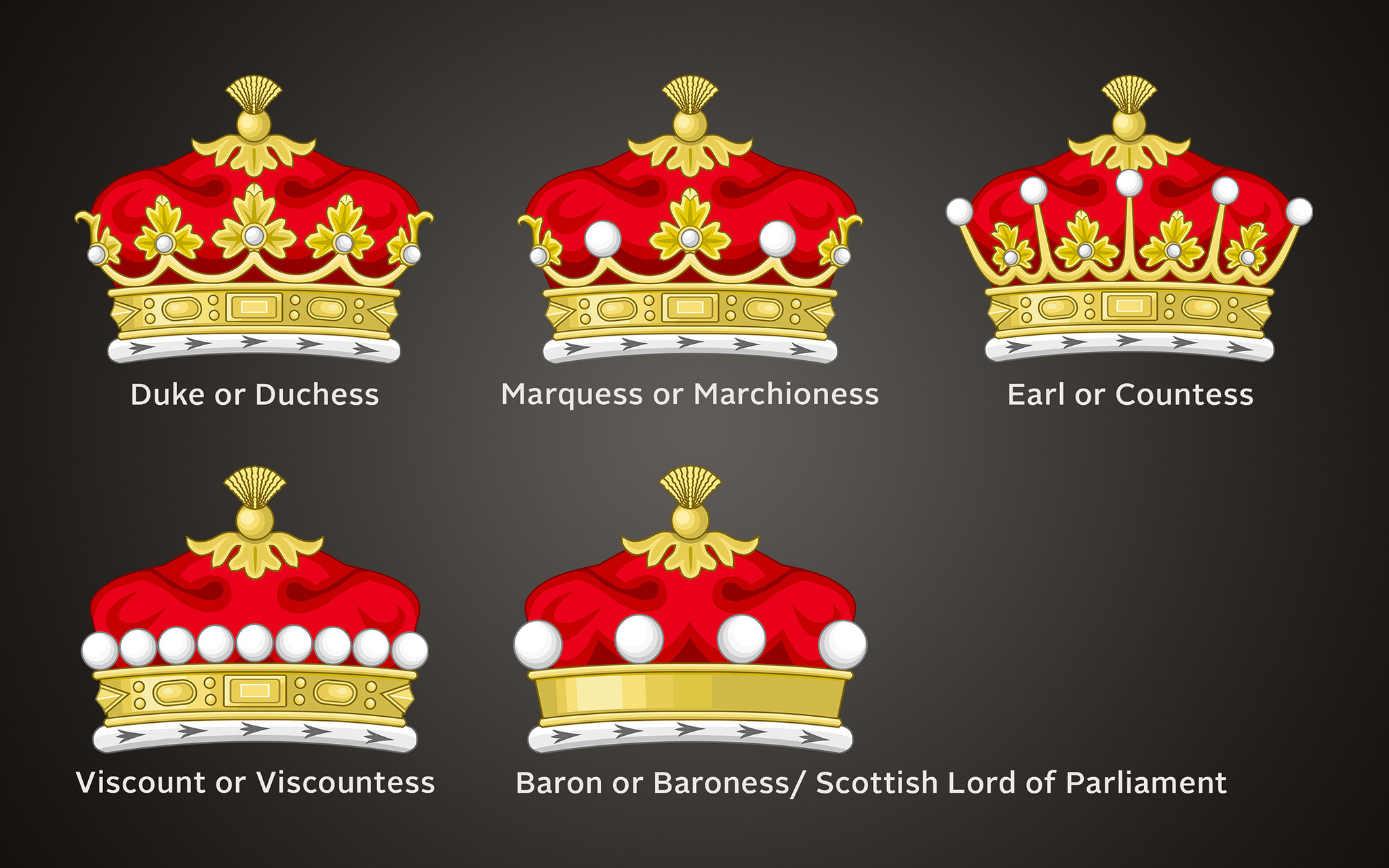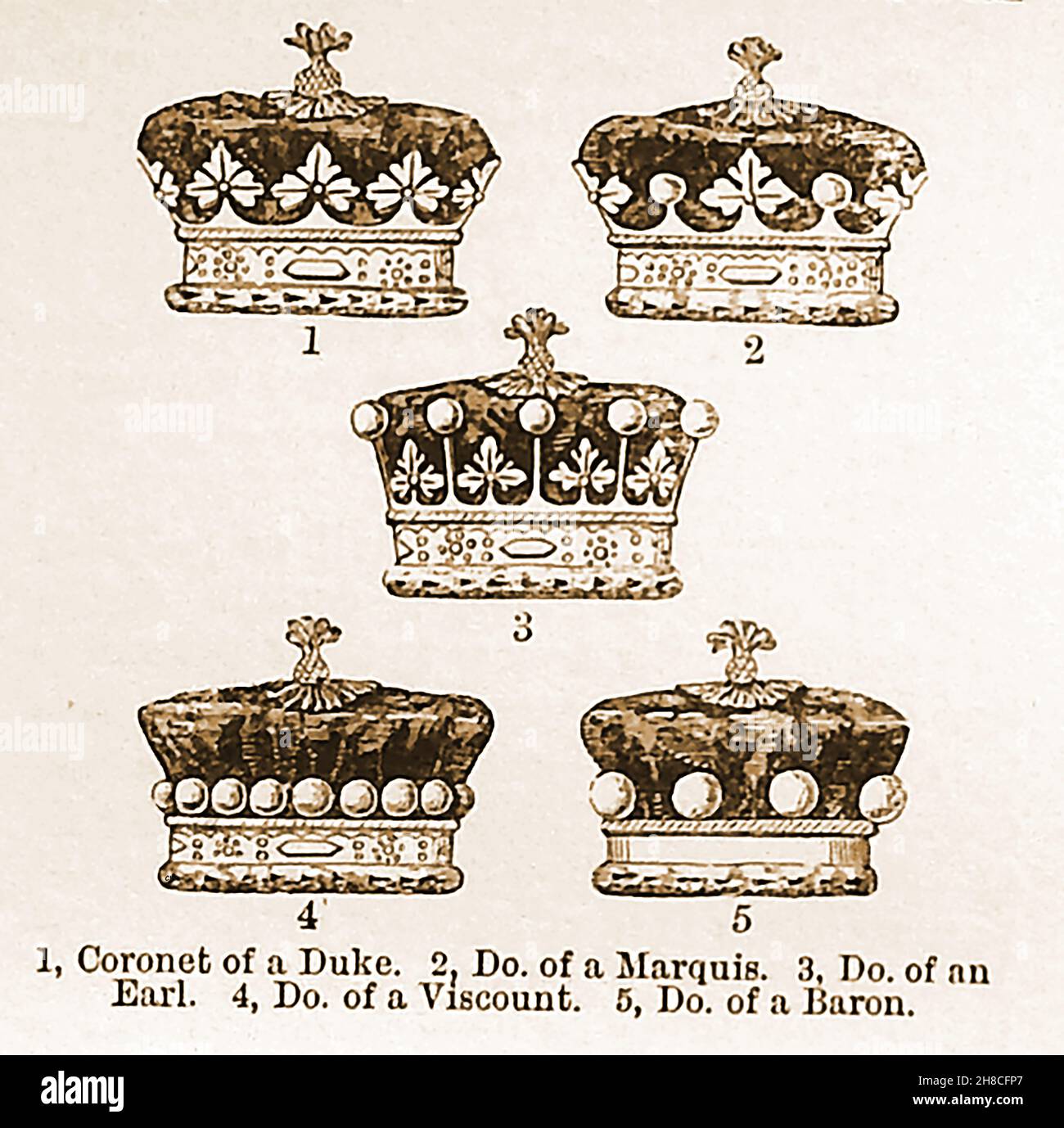When it comes to titles of nobility, the distinction between count and viscount might seem subtle to the untrained eye. But trust me, there’s a world of difference between these two prestigious ranks. Whether you’re a history buff, a fan of royal dramas, or just someone curious about the hierarchy of European aristocracy, understanding the nuances of count vs viscount is like unlocking a secret code to the past. So, buckle up and let’s dive into this fascinating world of titles and traditions!
Picture this: you’re at a fancy dinner party, and someone casually mentions a viscount or a count. Do you nod along pretending you know the difference, or do you actually understand what they mean? Don’t worry, most people don’t. But by the end of this article, you’ll be the go-to person when it comes to explaining these noble titles. It’s not just about sounding smart; it’s about appreciating the rich history behind them.
Now, before we get too deep into the nitty-gritty, let’s set the stage. Titles like count and viscount aren’t just random words thrown around to impress people. They carry centuries of tradition and meaning. From their origins in medieval Europe to their modern-day significance, these titles have played a crucial role in shaping the social and political landscapes of many countries. So, let’s get started, shall we?
- Explore Aagmaal Uncut Web Series Watch Free Online Now
- Victoria Jason Spartz Details Background What You Should Know
What is a Count?
A count, my friends, is a title that dates back to the days of old Europe. Think knights in shining armor and castles with moats. The title of count was originally given to someone who ruled over a county or a large region. In fact, the word "count" comes from the Latin word "comes," which means companion or attendant. Over time, the role evolved, but the prestige remained intact.
Counts were often responsible for governing and protecting their territories. They were like the CEOs of their counties, making sure everything ran smoothly. But don’t be fooled by the fancy title; being a count wasn’t all about parties and parades. It came with a lot of responsibilities, including maintaining order, collecting taxes, and leading armies when necessary.
The Role of a Count in History
Throughout history, counts have played pivotal roles in shaping the destinies of nations. For instance, in medieval France, counts were powerful figures who often challenged the authority of the king. They had their own armies, castles, and even coinage. Some counts became so influential that they practically ruled their regions like independent kingdoms.
- Counts were key players in the feudal system.
- They held significant power over their territories.
- Many famous historical figures bore the title of count.
What is a Viscount?
Now, let’s talk about the viscount. Think of a viscount as the younger sibling of a count. The title of viscount is a step below that of a count in the hierarchy of nobility. The word "viscount" comes from the Latin "vicecomes," which means deputy or substitute. Essentially, a viscount was someone who assisted a count in their duties.
Viscounts didn’t have as much authority as counts, but they still held a respectable position in society. They were often tasked with managing smaller regions or assisting counts in administrative matters. It’s like being the vice president of a company; you’re not the boss, but you’re still important.
The Evolution of the Viscount Title
Over the centuries, the role of a viscount evolved significantly. In some countries, viscounts gained more power and influence, while in others, the title remained largely ceremonial. For example, in the British peerage system, a viscount is the fourth rank in the hierarchy, coming after duke, marquess, and earl (or count).
- Viscounts often served as deputies to counts.
- They managed smaller territories or administrative tasks.
- The title gained more significance in certain regions over time.
Count vs Viscount: Key Differences
Now that we’ve covered the basics, let’s break down the key differences between a count and a viscount. While both titles are part of the noble hierarchy, they have distinct roles and responsibilities. Here’s a quick rundown:
- Rank: A count ranks higher than a viscount in the nobility hierarchy.
- Responsibilities: Counts typically governed larger regions, while viscounts assisted them in smaller territories.
- Power: Counts had more political and military power compared to viscounts.
- Historical Influence: Counts often played more significant roles in shaping history, while viscounts were more behind-the-scenes figures.
How the Titles Differ Across Cultures
Interestingly, the titles of count and viscount vary slightly across different cultures. In some countries, the roles and responsibilities of these titles differ significantly from the traditional European model. For example, in Italy, a count is called a "conte," while in Germany, it’s "graf." Similarly, the title of viscount has different equivalents in various languages.
This cultural variation adds another layer of complexity to understanding these titles. It’s like speaking different dialects of the same language; the core meaning remains the same, but the nuances can be quite different.
Origins and Etymology
Understanding the origins of these titles can give us a deeper appreciation of their significance. The word "count" comes from the Latin "comes," which originally referred to a companion or attendant to a ruler. Over time, the title evolved to denote someone who governed a specific region. Similarly, "viscount" comes from "vicecomes," meaning deputy or substitute.
These etymological roots reflect the hierarchical nature of medieval society. Just as there were kings and queens at the top, there were counts and viscounts below them, each with their own roles and responsibilities. It’s like a pyramid of power, where everyone knows their place.
The Influence of Latin on Noble Titles
Latin played a crucial role in shaping the language of nobility. Many titles we use today have their roots in Latin, and understanding these origins can help us appreciate the historical context. For instance, the word "duke" comes from the Latin "dux," meaning leader, while "marquess" comes from "marchio," meaning boundary keeper.
This linguistic heritage is a testament to the enduring influence of Latin on European culture. Even today, many noble titles retain their Latin roots, reminding us of their ancient origins.
Modern-Day Significance
While the titles of count and viscount may seem like relics of the past, they still hold significance in modern times. In some countries, these titles are still used as part of the peerage system. For example, in the UK, a viscount is the fourth rank in the hierarchy of nobility, while a count (or earl) ranks third.
But it’s not just about holding a title; it’s about the legacy and tradition that come with it. Many families with these titles have histories that span centuries, and their influence can still be felt in various fields, from politics to the arts.
How Nobility Titles Affect Modern Society
In today’s world, the impact of nobility titles is more symbolic than practical. While they no longer wield the same political power they once did, they still carry a certain prestige and influence. For instance, members of the nobility often serve as patrons of the arts, philanthropists, or ambassadors of cultural heritage.
Moreover, these titles continue to inspire fascination and curiosity. From books to movies, the allure of nobility remains strong, reminding us of a time when titles mattered more than money or fame.
Historical Figures with Count and Viscount Titles
Throughout history, there have been countless figures who bore the titles of count and viscount. Some of them became legendary for their achievements, while others faded into obscurity. Let’s take a look at a few notable examples:
- Count Dracula: While fictional, this character has become synonymous with the title of count, thanks to Bram Stoker’s novel.
- Viscount Castlereagh: A real-life figure who played a significant role in British politics during the early 19th century.
- Countess of Warwick: Known as the "Kingmaker," she was a powerful figure during the Wars of the Roses.
Lesser-Known Figures in History
While some historical figures with these titles are well-known, others remain relatively obscure. For example, Viscount Falkland, a prominent statesman during the English Civil War, is often overshadowed by more famous contemporaries. Similarly, Countess Matilda of Tuscany, a powerful medieval ruler, is sometimes overlooked in favor of more famous male figures.
These lesser-known figures remind us that history is full of fascinating stories waiting to be discovered.
Conclusion: Why Understanding Count vs Viscount Matters
In conclusion, understanding the difference between a count and a viscount is more than just a fun fact to impress your friends. It’s about appreciating the rich history and traditions that have shaped our world. From their origins in medieval Europe to their modern-day significance, these titles tell a story of power, hierarchy, and legacy.
So, the next time someone mentions a count or a viscount, you’ll know exactly what they’re talking about. And who knows? Maybe you’ll even inspire someone else to learn more about the fascinating world of nobility.
Now, it’s your turn! Share this article with your friends, leave a comment, or check out some of our other articles on history and culture. Together, let’s keep the spirit of discovery alive!
Table of Contents
- What is a Count?
- The Role of a Count in History
- What is a Viscount?
- The Evolution of the Viscount Title
- Count vs Viscount: Key Differences
- How the Titles Differ Across Cultures
- Origins and Etymology
- The Influence of Latin on Noble Titles
- Modern-Day Significance
- How Nobility Titles Affect Modern Society
- Historical Figures with Count and Viscount Titles
- Lesser-Known Figures in History
- Uncut Indian Porn Watch Now Explore Desi Xxx
- Aagmaalcom Competitors Alternatives In 2025 Top 5 Sites


